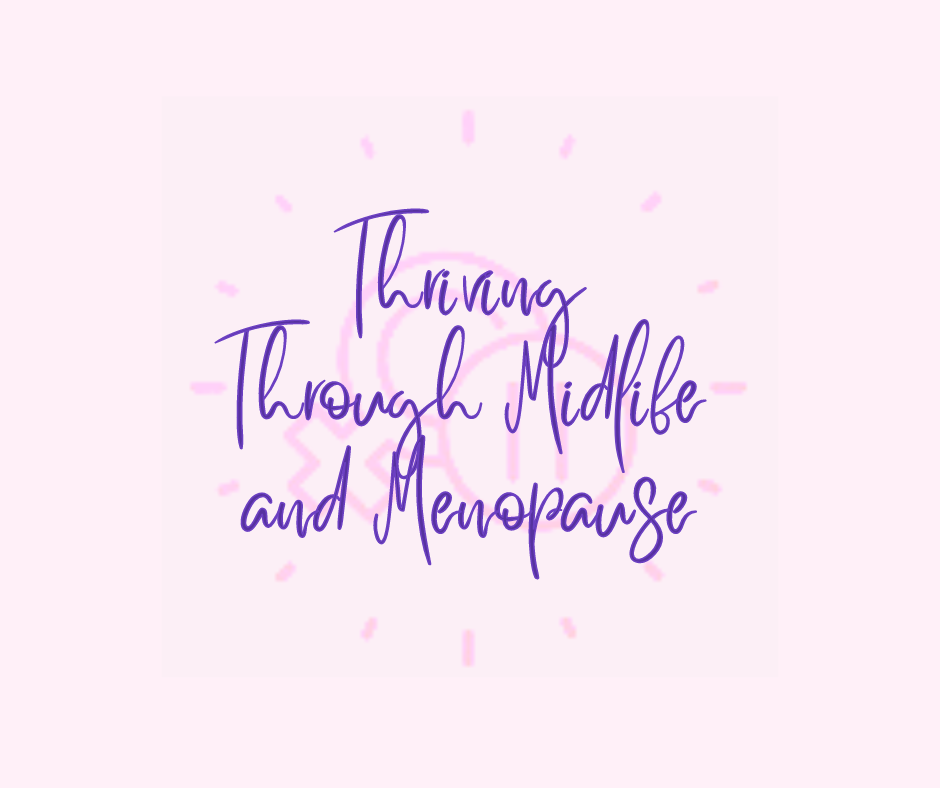Should Women Lift Weights?
- merakiintegratedwe
- Aug 2, 2022
- 4 min read
Why is it important for women to lift weights?
Lifting weights has been in my life on and off since I was 14 I think. I was introduced to weight training when I swam with a competitive swim team. Part of our land training was lifting. I loved it! I have never really looked like I lifted weights, or looked like what I thought I should look like!! But, wow, I loved feeling strong! Weight training has not always been at the top of my priority list. Kids came along, they would get sick when I brought them to the gym day care and then I let life get in the way for a number of years. For the past three years I have shifted my focus and re-introduced myself to the weights and I am so happy I have. I have also found an online platform that provides amazing instruction to keep me safe as well as clear modifications to follow when my body needs that. I have found that most women my age do not lift weights, never have. I wanted to provide some information around why it is so important for us women to lift.
Are you trying to lose weight?
The more muscle you have the quicker your metabolism works. “Strength training programs can free us from a cycle of dieting and unrealistic body image goals”.
Are you feeling a bit down?
Exercise releases endorphins; our feel good hormones that improve mood, prevent pain, and help with light depression-feeling low, a bit sad, blue. Women who weight train report feeling more confident! Who doesn’t need more of that!!
Afraid you are going to Hulk Up?
Women don’t have the testosterone levels like men do. A young women has approx. 10% of what a male has…don’t even get me started on how much testosterone a menopausal woman has. Women tend to develop muscle tone and definition without the size.
Do you have back pain or arthritis?
Training with weights strengthens muscles, connective tissue and joint stability as well as increasing bone density. All of this to say it helps prevent falls, helps prevent broken bones from falls, and helps correct bad posture (all can lead to arthritis). Did you know 1 in 3 women will experience an osteoporosis-related fracture at some point in their life?
Do you need improved athletic performance? You do. Don’t skip this one!
Our body moves for us every day. Have you ever reached for something and it took your back out or screwed up your shoulder? We tend to tell ourselves it is because we are becoming more mature in our years….it is because we do not have a strong supportive structure. This is how injuries occur by doing the big and the little things; like sneezing! Strength training keeps us moving pain free!
“Many adults deal with chronic neck, back, knee, or shoulder pain. As many as 70 percent of adults will deal with one of these conditions at some point in their lives (Davis et al., 2012). Musculoskeletal pain and associated syndromes are currently the leading cause of disability worldwide. This type of pain is frequently attributed to chronic faulty movement patterns (Corbett et al., 2019)”.
This one is my favourite:
“Weight training can help to improve cardiovascular health by lowering bad cholesterol and increasing good cholesterol, and in turn this will help to lower blood pressure. Using weight training as part of your routine will also improve the way the body processes sugar, which may reduce the risk of diabetes”.
Some Considerations
Always check with your Health Care Professional before starting any workout program.
If you want to work-out in your home, make sure you are in front of a mirror to maintain proper body mechanics and make sure the online program pays attention and offers queuing to assist with proper body mechanics. Start low and slow, Rome wasn’t built in a day!
“Many women are fully capable of participating in strength training programs well into the post-menopausal years. It is possible that strength gains may be more difficult to achieve with the reduction in circulating anabolic hormones (estrogen and testosterone) and reduction in muscle satellite cells, making muscle hypertrophy more difficult, though still attainable with appropriately planned training programs and nutrient timing (Sims, 2016). There is nothing specific about this stage of life that prevents a woman from achieving extremely high levels of strength (if desired). However, there are a few considerations worth mentioning.
It is more common to experience complications from CVD in this age range. Additionally, the frequency of conditions such as high blood pressure, metabolic syndrome, and DM may negate certain types and intensity of exercises and/or require medical clearance from a physician prior to starting an exercise program. It is also important to note that osteoporosis is a potential risk for women in this age group, and high-impact exercise, exercises that may come with the risk of a fall, or exercises that place a great deal of pressure on the spinal cord may be contraindicated in some women in this age group (Mishra et al., 2011)”.
https://blog.nasm.org/weight-lifting-for-women



